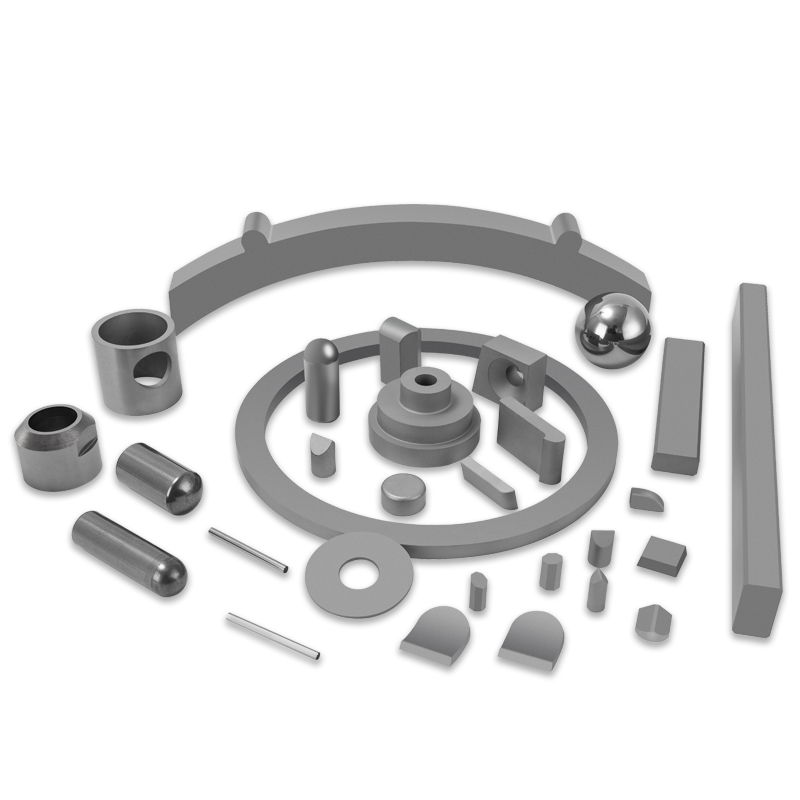The Manufacturing Process of Tungsten Carbide Stamping Dies
Industry News-Step 1: Powder Preparation
The journey begins with the preparation of tungsten carbide powder. Pure tungsten and carbon are combined through a chemical reaction to form tungsten carbide particles. These particles are then mixed with a metallic binder, typically cobalt, which acts as a glue to hold the carbide grains together. The proportion of binder affects the properties of the final material; lower binder content results in higher hardness but reduced toughness.
Step 2: Compaction
Once the powder mixture is ready, it is compacted into the desired shape using hydraulic presses. During this stage, the powder is placed in a die cavity and subjected to immense pressure, causing the particles to bond together. This forms a "green" compact, which is fragile and requires further processing to achieve full density.
Step 3: Sintering
Sintering is the most critical step in the manufacturing process. The green compact is placed in a furnace and heated to temperatures just below the melting point of tungsten carbide. At these temperatures, the cobalt binder melts and flows around the tungsten carbide particles, creating a dense, solid structure. Sintering not only increases the material's strength but also improves its wear resistance.

Step 4: Machining and Finishing
After sintering, the die undergoes machining to achieve tight tolerances and smooth surfaces. Due to its hardness, tungsten carbide requires specialized tools, such as diamond-tipped drills and grinders, for cutting and shaping. Advanced CNC machines are often employed to ensure precision. Surface treatments like polishing or coating may also be applied to enhance performance.
Quality Control
Throughout the manufacturing process, rigorous quality checks are conducted to ensure the die meets specifications. Parameters such as hardness, porosity, and dimensional accuracy are tested using methods like Rockwell hardness testing and microscopy.
Challenges in Production
Producing tungsten carbide stamping dies presents several challenges:
Cost : The raw materials and equipment required for manufacturing are expensive.
Complexity : Achieving uniform density and avoiding defects during sintering demands expertise.
Machinability : Tungsten carbide's hardness makes it difficult to machine, requiring specialized tools and techniques.


 English
English русский
русский





